B1 B2 Visa Essential Guide
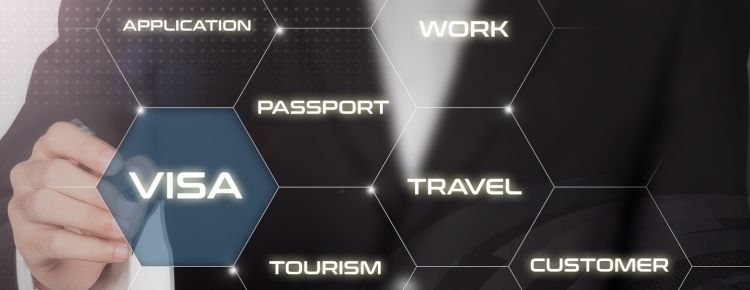
Planning a trip to the United States can be an exciting adventure, whether for business or pleasure. The b 1 b2 visa is designed to accommodate a wide range of travel purposes, from attending conferences to exploring the country’s rich cultural offerings. With knowledge about the key differences between B1 and B2 visas, you can confidently navigate the application process and embark on your journey.
In this blog post, we will guide you through the essential aspects of the b 1 b2 visa, including eligibility requirements, application procedures, and preparing for a successful visa interview. By understanding the nuances between B1 and B2 visas, you can ensure a smooth experience and make the most of your time in the United States.
Key Takeaways
- B1 and B2 visas are nonimmigrant visas for temporary visits to the U.S., with different purposes. Travelers may be eligible for the Visa Waiver Program instead.
- Completing Form DS-160, paying a visa application fee, and scheduling an interview at a U.S. Embassy or Consulate are essential steps in applying for a B1/B2 visa. Applicants must also prepare documents such as valid passport, payment receipt etc., before their interview appointment.
- Health insurance is strongly recommended when traveling on these types of visas, while dependents must apply separately through the same process as any other visitor visa applicant.
Understanding B1 And B2 Visas: Key Differences And Purposes

B1 and B2 visas are nonimmigrant visas for temporary visits to the U.S. The B1 visa is designed for business purposes, while the B2 visa caters to tourism and leisure activities. Knowing the distinctions between these visa types and the activities they allow is key to a successful application, as each visa has a specific purpose and restrictions.
For instance, those seeking to:
- Study
- Work
- Participate in paid performances
- Serve as a crew member on a ship or aircraft
- Work in the foreign press
- Become a permanent resident of the U.S.
are not eligible for a B visa. However, some travelers may be eligible for the Visa Waiver Program (VWP) instead of a visa, depending on their nationality and purpose of visit.
B1 Visa: Business Activities And Permitted Actions
The B1 visa is designed for those who plan to engage in business activities in the United States with their business associates. This nonimmigrant visa allows individuals to participate in various business activities such as attending conferences, negotiating contracts, and conducting research. However, bear in mind that B1 visa holders are not allowed to work or earn a salary from a U.S. company.
In certain circumstances, personal employees, including housekeepers, maids, gardeners, or other caretakers, may be eligible for a domestic worker B1 visa. This visa permits them to work in the United States under a B1 visa, as long as they meet certain requirements and provide the necessary documentation during the application process.
B2 Visa: Tourism And Leisure Activities
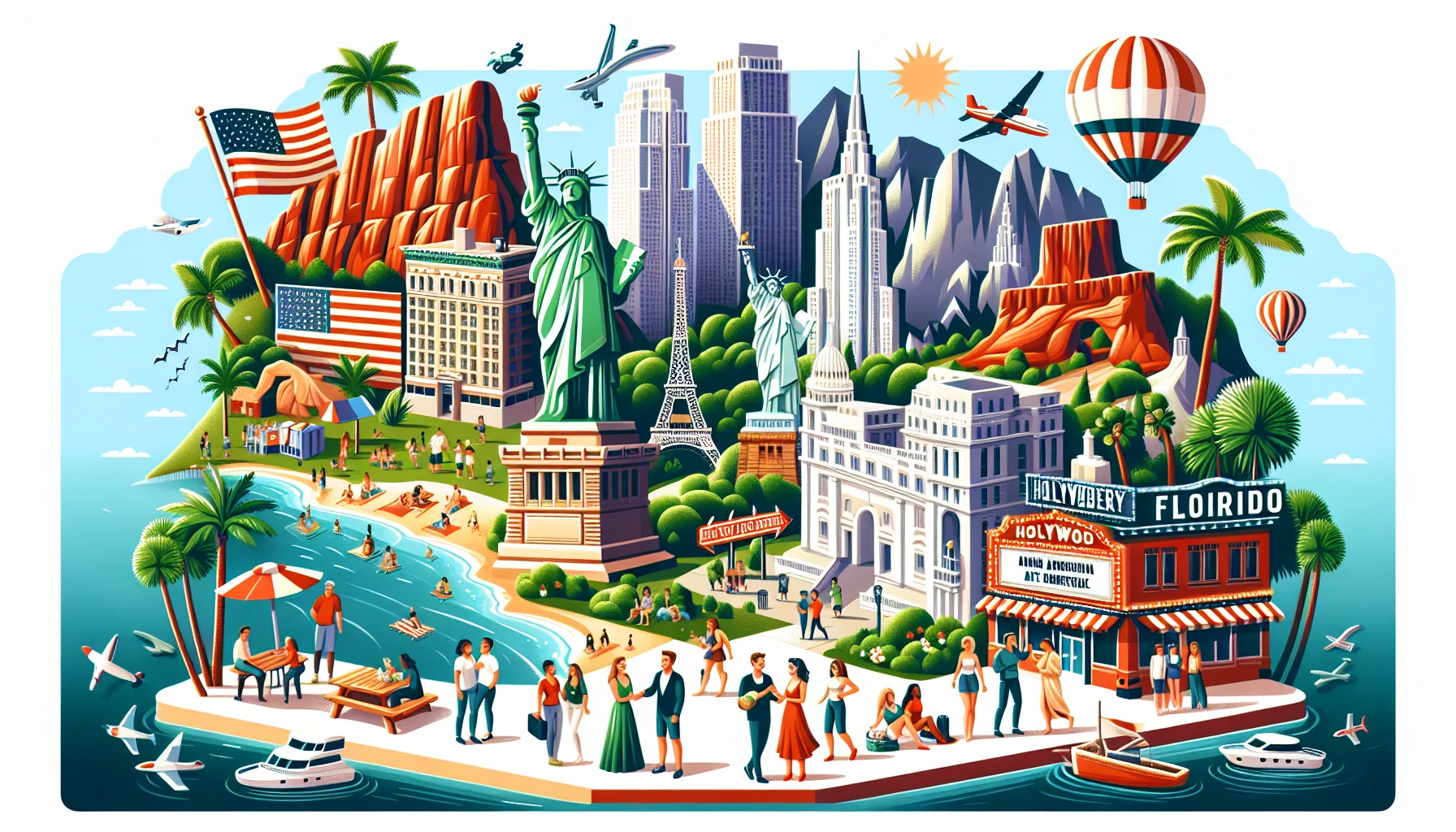
On the other hand, the B2 visa is intended for those who wish to visit the United States for tourism, leisure, or medical treatment. B2 visa holders can engage in a variety of activities, such as:
- Sightseeing
- Visiting friends and family
- Attending social events
- Receiving medical treatment
However, they are not allowed to pursue employment or full-time education while in the U.S.
B2 entries are typically limited to a period of 6 months, although the visa can be a multiple-entry visa. This allows the holder to enter the U.S. multiple times within the validity period of the visa, making it a convenient option for those planning frequent visits to the country.
Eligibility Requirements For B1 And B2 Visas
To be eligible for a B1 or B2 visa, applicants must meet specific requirements. These include having a valid reason for visiting the U.S., sufficient funds to cover the trip, and an intention to return to their home country. In some cases, additional documentation may be necessary to support the visa application, such as proof of employment, family ties, or financial resources.
Certain individuals may be eligible for the Visa Waiver Program (VWP), which allows citizens of specific countries to travel to the United States for tourism or business purposes without obtaining a visa. The eligibility requirements for the VWP include having a passport valid with a machine-readable zone on the biographic page and being a citizen of a participating country.
Visa Waiver Program (VWP) Eligibility
The Visa Waiver Program offers a convenient alternative to the traditional visa application process for eligible travelers. Participants in the VWP can enter the United States for business or tourism purposes for a period of up to 90 days without obtaining a visa. To be eligible for the VWP, travelers must possess a valid Electronic System for Travel Authorization (ESTA) and intend to remain in the U.S. for less than 90 days. Additionally, they should be aware of the electronic visa update system, which may have further information on their travel requirements.
Currently, 41 countries are eligible for the Visa Waiver Program. To apply for an ESTA, travelers can visit the official ESTA website at https://esta.cbp.dhs.gov/esta. Carefully reviewing the VWP requirements and confirming eligibility is advisable before planning a visa-free trip to the United States.
The B1/B2 Visa Application Process

The B1/B2 visa application process involves several steps, including:
- Completion of Form DS-160, the Online Nonimmigrant Visa Application form. This form requires applicants to provide personal information, background details, and the purpose of their visit to the U.S.
- Payment of the visa application fee.
- Scheduling an interview at a U.S. Embassy or Consulate in their country of residence.
Keep in mind that the waiting period for interview appointments may differ depending on location, season, and visa category. Hence, applying for the visa and scheduling the interview at the earliest opportunity is recommended to ensure prompt processing.
The visitor visa interview is a mandatory step for most applicants aged 14 to 79 and is significant in the approval process.
Completing Form DS-160
Form DS-160 is an integral part of the B1/B2 visa application process. This online application form requires applicants to provide personal information, background details, and the purpose of their visit to the United States. Accuracy and thoroughness are necessary when filling out Form DS-160, as any mistakes or omissions may lead to application delays or denial.
Upon completion, applicants should print the confirmation page for their records and to present during the visa interview.
Paying The Visa Application Fee
The visa application fee for B1/B2 visas is $185. Payment methods accepted include:
- Visa
- MasterCard
- American Express
- Discover
Paying the non-refundable visa application fee as per the guidelines provided by the U.S. Embassy or Consulate in your country is necessary.
The fee should be paid prior to scheduling the visa interview, and applicants must present the application fee payment receipt during the interview.
Scheduling Your Visa Interview
Arranging a visa interview is a critical stage in the B1/B2 visa application process. Applicants must arrange an appointment for their visa interview at the U.S. Embassy or Consulate in their country of residence. Keep in mind that wait times for interview appointments can vary based on location, season, and visa category, so applying and setting up the interview at the earliest convenience is vital to prevent delays.
While it is possible to attend a visa interview at an embassy or consulate in a third country, applicants may experience longer wait times for visa appointments. Being prepared and applying early can help ensure a smoother application process and a higher likelihood of a successful outcome.
Preparing For Your B1/B2 Visa Interview
A successful B1/B2 visa interview is pivotal for visa acquisition and actualizing your travel plans. To properly prepare for the interview, it is important to:
- Gather the required documents
- Familiarize yourself with the interview process
- Understand the nature of the questions typically asked during the interview
- Be ready to provide clear, concise responses
In addition to preparing yourself mentally for the interview, it is vital to ensure that all required documentation is in order and readily accessible during the interview. This includes:
- Your valid passport
- DS-160 confirmation page
- Visa application fee receipt
- A passport-sized photo
Proper preparation can enhance the likelihood of a successful visa interview and obtaining the appropriate visa for hassle-free entry into the United States.
Required Documents For The Interview
For the B1/B2 visa interview, applicants should bring the following required documents:
- A valid passport
- DS-160 confirmation page
- Visa application fee receipt
- A passport-sized photo
Having these documents easily accessible during the interview is necessary to verify your identity, payment of the application fee, and the purpose of your U.S. visit.
Tips For A Successful Visa Interview
A successful visa interview can greatly impact the outcome of your B1/B2 visa application. For a greater chance of success, take into account these suggestions:
- Give clear, succinct responses to the interviewer’s questions.
- Show solid ties to your home country via documentation.
- Present a well-arranged set of supporting documents.
Dressing professionally for the interview can also make a positive impression on the consular officer. While there is no specific dress code, it is recommended to wear neat, professional attire. By following these tips and thoroughly preparing for the interview, you can greatly enhance your chances of obtaining a B1/B2 visa.
B1/B2 Visa Validity, Extensions, And Changes Of Status
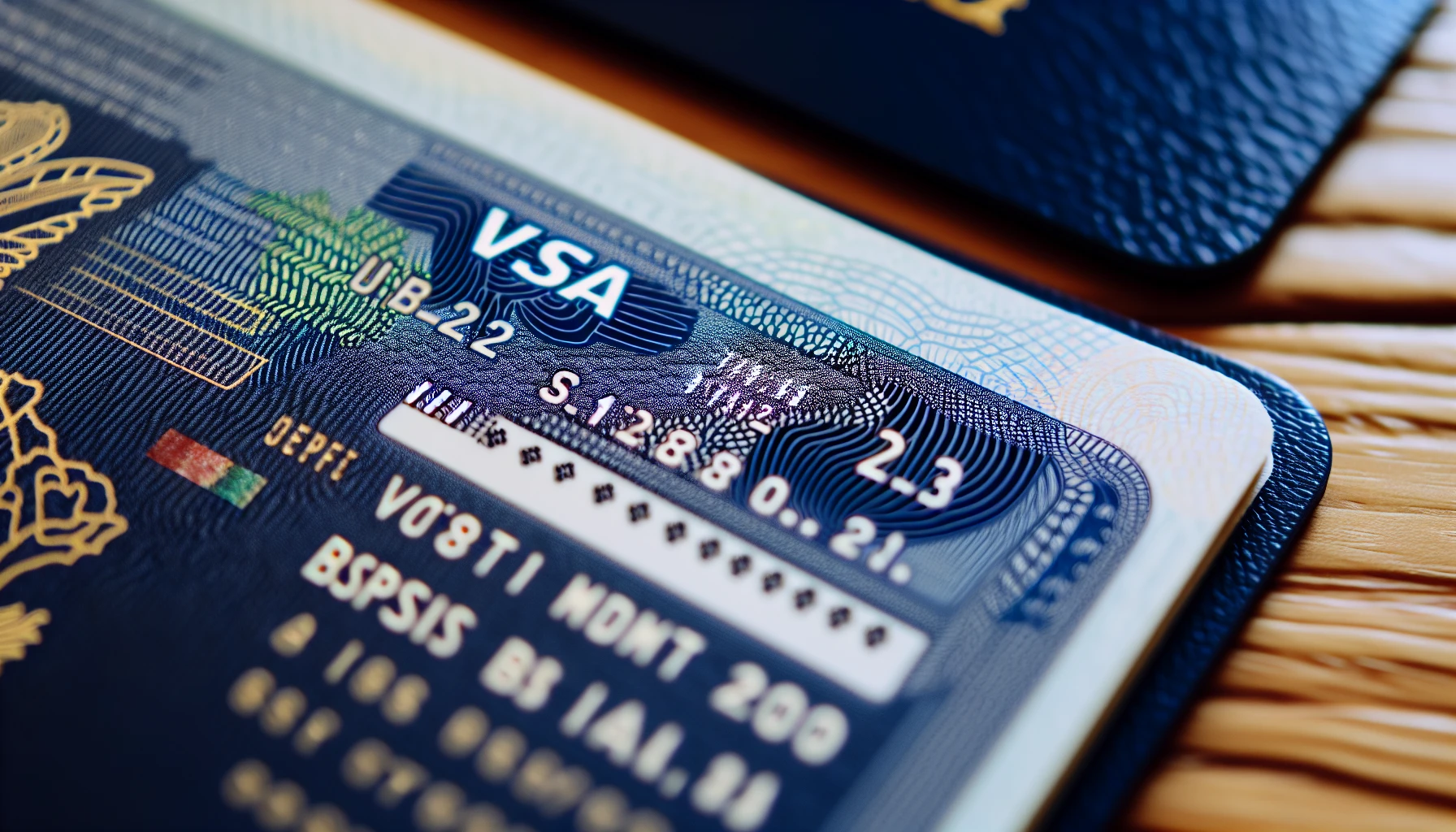
Knowing the validity period, extensions, and status changes for B1/B2 visas is important for planning your U.S. visit. The visa validity and duration of stay are determined by the immigration officer at the port of entry, with B1/B2 visas typically valid for up to 6 months. Extensions and changes of status can be requested under certain circumstances by submitting the necessary forms and documentation to the U.S. The United States Citizenship and Immigration Services (USCIS) is a part of the U.S. Department of Homeland Security. It is responsible for considering applications for entry, visa applications and other immigration-related services in the U.S.
Awareness of the procedures and requirements for extending your stay or altering your visa status can contribute to a pleasant and hassle-free visit to the United States. It is essential to follow the rules and regulations set by USCIS to avoid complications or potential penalties for overstaying your visa or violating your visa status.
Visa Validity And Duration Of Stay
The validity and duration of stay for B1/B2 visas are determined by the immigration officer at the port of entry. B1/B2 visas are typically valid for up to 6 months, although the specific duration of stay granted may vary based on factors such as:
- The applicant’s financial situation
- Purpose of visit
- Ties to their home country
- Intention to return after the visit
Adhering to the duration of stay granted by the immigration officer is important to avoid the potential consequences of overstaying your visa.
Extending Your Stay On A B1/B2 Visa
If you wish to extend your stay in the United States on a B1/B2 visa, you can request an extension by following these steps:
- Submit Form I-539, Application to Extend/Change Nonimmigrant Status, to USCIS.
- Provide a valid reason for the extension.
- Include supporting documents such as proof of financial resources and ties to your home country.
Submitting your extension request well before the expiration of your authorized stay is necessary to guarantee prompt processing and evade potential penalties for overstaying your visa.
Changing Your Visa Status
If you wish to change your visa status while in the U.S., you can do so by submitting Form I-539, Application to Extend/Change Nonimmigrant Status, to USCIS prior to the expiration of your I-94 duration of stay. However, changing your visa status may require obtaining a new visa upon departure from the U.S., depending on the specific circumstances and requirements of the new visa category.
Carefully reviewing the eligibility requirements and procedures for changing your visa status is necessary before making any decisions.
Health Insurance And Traveling With Dependents
Health insurance and traveling with dependents are additional considerations for B1/B2 visa holders. Although health insurance is not mandatory for B1/B2 visa holders, it is highly recommended due to the high cost of healthcare in the United States. Traveling with dependents may also require additional planning and preparation, as B1/B2 visas do not include specific dependent visas, and each dependent must obtain their own visitor visa.
Considering these factors and making knowledgeable decisions can result in a pleasant and hassle-free visit to the United States for you and your dependents. Proper planning and preparation can help make your trip a memorable experience for everyone involved.
Health Insurance Recommendations
While health insurance is not a requirement for B1/B2 visa holders, it is strongly advised due to the potential high cost of medical treatment in the United States. To ensure adequate coverage during your visit, consider purchasing travel medical insurance or visitor insurance from U.S. companies, or verify if your home country’s health insurance provides coverage in the U.S.
Possessing health insurance coverage can offer tranquility and shield you from unforeseen medical costs during your stay.
Bringing Dependents On A B1/B2 Visa
Dependents of B1/B2 visa holders, such as spouses and children, must apply for their own visitor visas, specifically the B2 visa, as there are no specific dependent visas for B1/B2 visa holders. Each dependent must follow the same application process as any other visitor visa applicant, and their duration of stay in the United States will be determined by the immigration officer at the port of entry.
Understanding the requirements and procedures for dependents can lead to a pleasant and hassle-free visit for your entire family.
Summary
In conclusion, understanding the key differences between B1 and B2 visas, eligibility requirements, application procedures, and the importance of health insurance and traveling with dependents is crucial for a successful visit to the United States. By thoroughly preparing for your B1/B2 visa interview and adhering to the rules and regulations set by USCIS, you can ensure a smooth entry into the U.S. and make the most of your time in this diverse and dynamic country.
Frequently Asked Questions
How long can I stay in the US with a B1 B2 visa?
You are allowed to stay in the US for up to 6 months on a B1 B2 visa, and the length of the visa itself can be issued for up to 10 years. If you’d like to stay longer than 6 months, it may be possible to extend your stay for up to one year.
What is my visa number B1 B2?
Your B1/B2 visa number is an 8-digit numeric character or a letter followed by seven numeric characters printed on the bottom right side of your visa documents.
Is B1 B2 visa the same as H1B?
No, the B1/B2 visa is not the same as an H1B. A B1/B2 visa is for those who wish to visit the U.S. for vacation or business purposes, whereas an H1B is a temporary work visa. The B1/B2 visa does not allow employment with a U.S. employer.
What are the limitations of B1 B2 visa?
B1 and B2 visa holders are limited to a 6 month stay in the US, as determined by US Customs and Border Protection at the time of arrival. Additionally, studying in the US is strictly prohibited on these visas and the maximum length of validity is 10 years.
What is the difference between a B1 and a B2 visa?
A B1 visa is intended for business activities, while a B2 visa is issued for tourism and leisure. Each type of visa has its own specific restrictions and allows different activities.
Related Blog
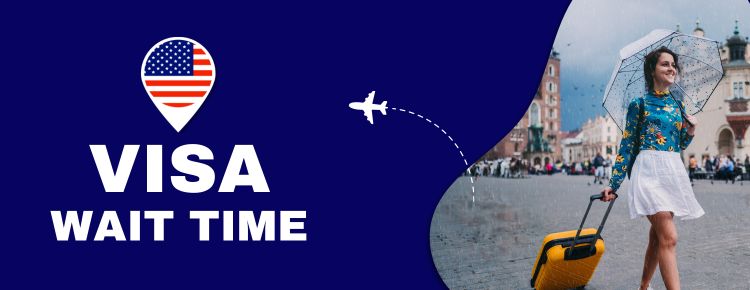
Visa Wait Times in 2023: Tips for Quicker US Visa Approval
Navigating the complex world of US visa wait times can be a challenging yet rewarding endeavor. With a keen understanding of the intricacies involved in the visa application process and a strategic approach, you can optimize your experience and secure a US visa with minimal delays. This comprehensive guide will equip you with the knowledge […]
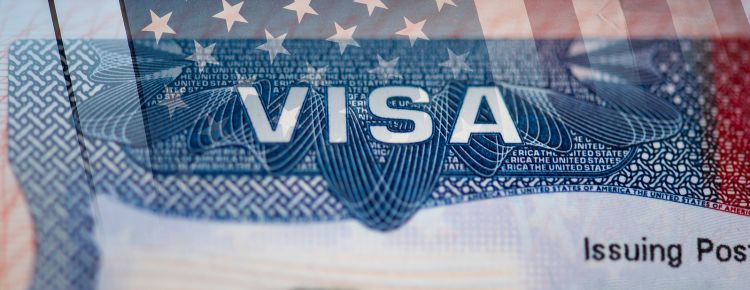
Renewing US Visa: Guide To A Smooth Process
The desire to extend your stay in the United States, whether it’s for work, study, or leisure, often necessitates renewing your US visa. While the thought of going through this process might initially seem overwhelming, understanding the ins and outs of renewing US visa can help you navigate it with ease. This comprehensive guide will […]
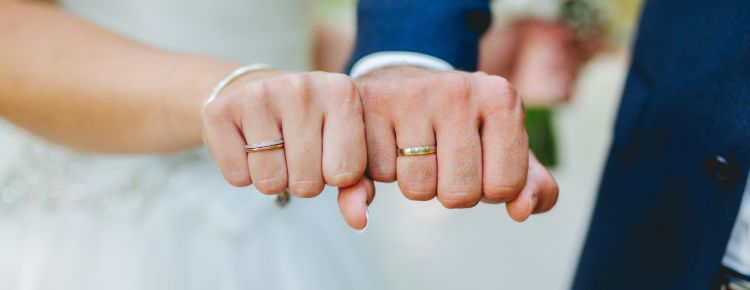
K-1 Visa | Fiancé(e) Visa Explained
If you are a U.S. citizen and want to legally marry your foreign partner and bring your foreign partner to the U.S. then you can apply for a K-1 visa. The K-1 visa which is also known as the fiancé(e) visa, allows a foreign fiancé(e) of a U.S. citizen to travel to the U.S. with […]


